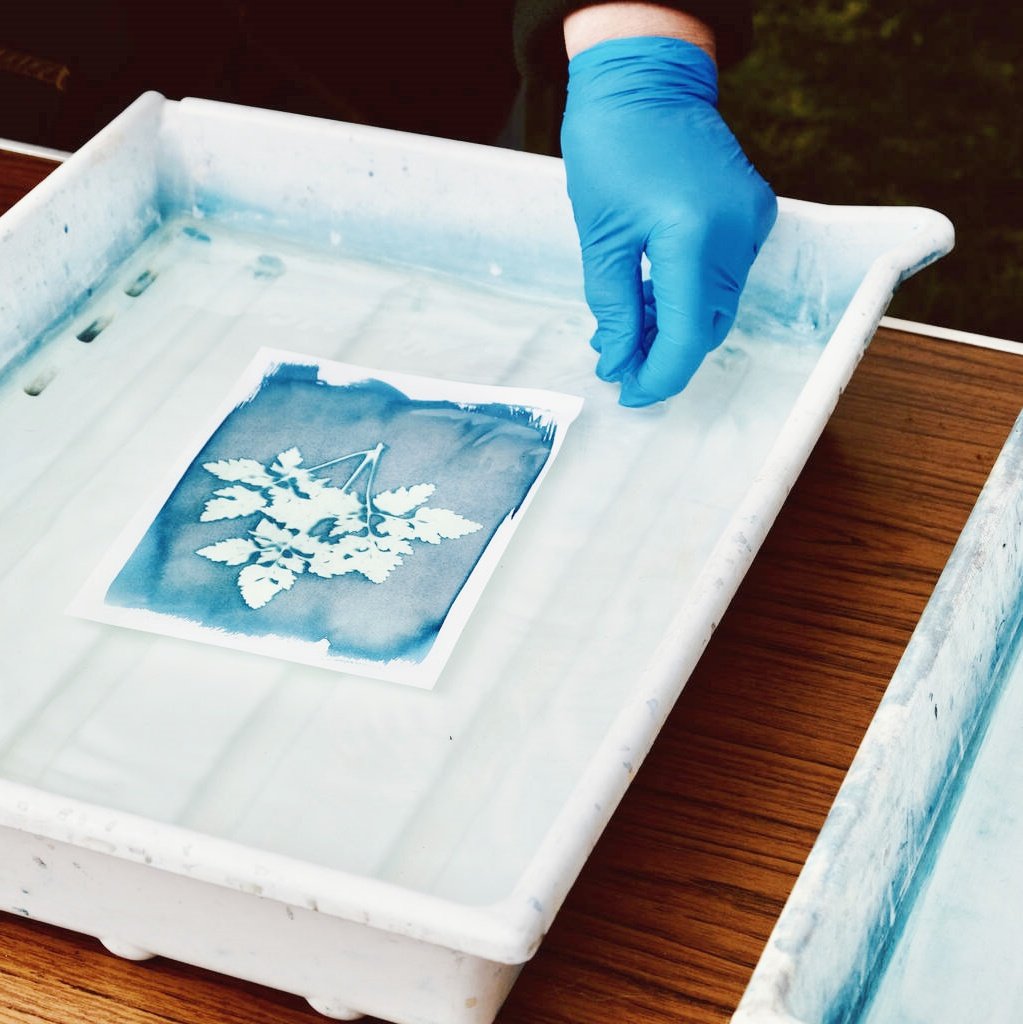In the plastisol ink industry, the Plastisol Ink Mixing Machine is an indispensable piece of equipment. Whether you are a beginner or an experienced ink manufacturer, understanding and proficiently operating this machine is crucial. This article will provide a detailed introduction to the operating steps of the Plastisol Ink Mixing Machine and explore related mixing techniques, tools, and guides.
I. Preparation Stage: Ensuring Safety and Material Completeness
1.1 Safety Inspection
Before operating the Plastisol Ink Mixing Machine, always perform a safety inspection. Check the power supply, wires, and protective covers to ensure the machine is in good working condition. Additionally, wear protective equipment such as safety glasses and gloves to prevent ink from splashing onto the skin or eyes.
1.2 Material Preparation
Prepare the necessary Plastisol Ink raw materials, including base inks, pigments, additives, etc. Furthermore, gather auxiliary materials such as mixing containers, stirring rods, and measurement tools. If conditions permit, using a plastisol ink mixing kit is recommended, as it typically contains all the necessary mixing tools and materials, making it convenient for beginners.
II. Understanding Mixing Ratios and Difficulties
2.1 Plastisol Ink Mixing Chart
Following the correct mixing ratios when mixing Plastisol Ink is essential. The Plastisol Ink Mixing Chart provides the mixing ratios for various colors and base inks, helping users quickly and accurately achieve the desired color. Users should carefully consult the mixing chart before mixing to ensure the accurate amount of each raw material.
2.2 Plastisol Ink Mixing Gold Is Difficult
Mixing gold Plastisol Ink is a challenge for many users. Achieving the perfect gold color requires precise ratios and techniques, and any slight deviation can lead to color discrepancies. To solve this problem, users can refer to the Plastisol Ink Mixing Guide PDF, which usually contains detailed steps and techniques for mixing gold ink, helping users successfully achieve the desired gold color.
III. Operating the Plastisol Ink Mixing Machine
3.1 Setting Machine Parameters
Adjust the parameters of the Plastisol Ink Mixing Machine according to the required ink volume and mixing speed. Typically, the machine will have settings such as a speed regulator and a timer, which users can adjust based on actual needs.
3.2 Pouring Ink
Pour the prepared ink raw materials into the mixing container according to the ratios provided in the mixing chart. Be cautious to pour slowly and uniformly to avoid splashing or generating bubbles.
3.3 Starting the Machine
Secure the mixing container onto the Plastisol Ink Mixing Machine and start the machine. While the machine is working, observe the mixing process to ensure the ink is mixed uniformly. If the machine exhibits abnormal behavior, such as excessive noise or vibration, immediately stop it and check.
3.4 Adjusting Mixing Time
Depending on the type of ink and mixing ratios, adjust the machine’s mixing time. Generally, the longer the mixing time, the more uniform the ink. However, excessively long mixing times may lead to overheating or deterioration of the ink, so a balance needs to be struck based on actual conditions.
3.5 Repeated Mixing
To ensure the uniformity and stability of the ink, sometimes multiple mixing cycles are required. After each mixing, check the ink’s color and viscosity to ensure they meet the required standards.
3.6 Stopping and Cleaning
After completing the mixing, turn off the Plastisol Ink Mixing Machine and disconnect the power supply. Then, remove the mixing container from the machine and clean it. When cleaning, avoid using hard objects to scratch the machine’s surface to prevent damage.
IV. Common Problems and Solutions
4.1 Ink Mixing Is Not Uniform
If the ink is not mixed uniformly, it may be due to insufficient mixing time or inaccurate mixing ratios. In this case, extend the mixing time or adjust the mixing ratios and mix again.
4.2 Ink Has Bubbles
Bubbles in the ink may be caused by pouring the ink too quickly or stirring too vigorously. To avoid this, slow down the pouring speed and gently stir the ink. If bubbles have already formed, use a defoamer to address them.
4.3 Ink Viscosity Is Too High or Too Low
Ink viscosity being too high or too low may be due to improper additive usage or inaccurate mixing ratios. At this point, adjust the additive dosage or re-adjust the mixing ratios and mix again.
V. Optimization and Upgrades
5.1 Introducing Automated Mixing Systems
To improve mixing efficiency and accuracy, consider introducing automated mixing systems. These systems can automatically mix according to preset ratios and parameters, significantly improving work efficiency and product quality.
5.2 Regular Machine Maintenance
Regularly maintaining the Plastisol Ink Mixing Machine can extend its lifespan and keep it in good working condition. Users can develop a detailed maintenance plan, including steps such as cleaning, lubrication, and inspection, and execute it on schedule.
5.3 Upgrading Mixing Tools
As technology continues to advance, new mixing tools emerge constantly. Users can choose suitable mixing tools for upgrades based on their needs and budget to improve mixing efficiency and product quality.
VI. Conclusion
Through this article, we have learned the operating steps of the Plastisol Ink Mixing Machine and related mixing techniques, tools, and guides. During the operation, we need to ensure safety and material completeness, understand mixing ratios and difficulties, and proficiently master the machine’s operation method. Additionally, we must pay attention to common problems and solutions, as well as the possibilities for optimization and upgrades. Only by doing so can we better utilize the Plastisol Ink Mixing Machine for ink mixing, improving production efficiency and product quality.


